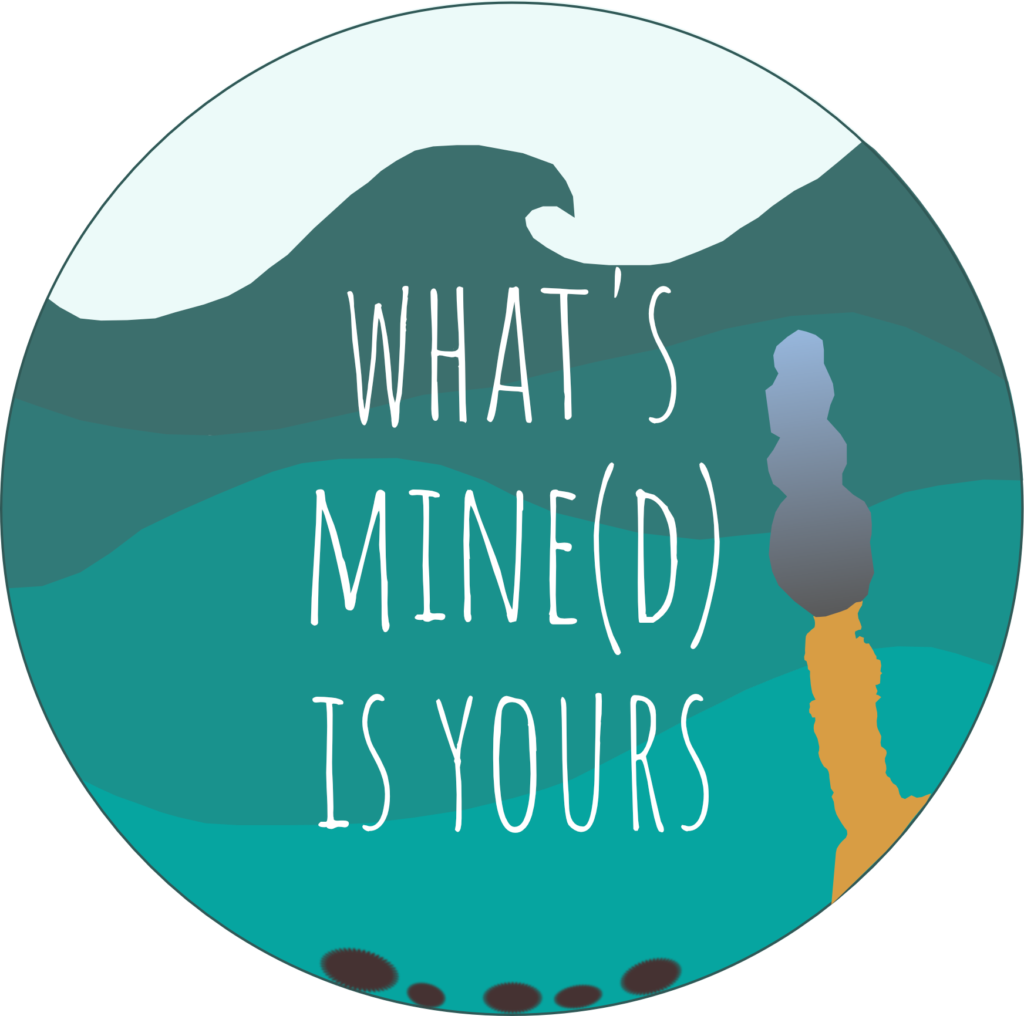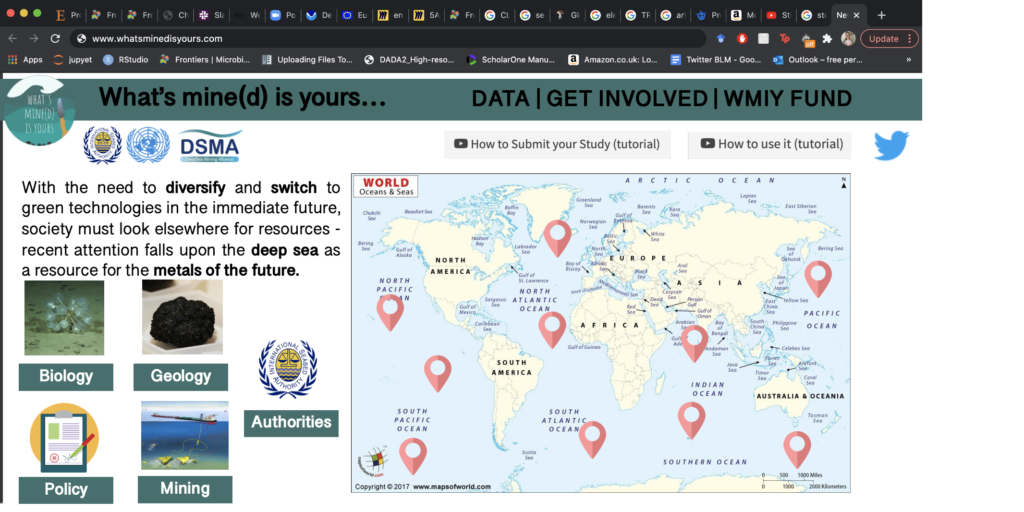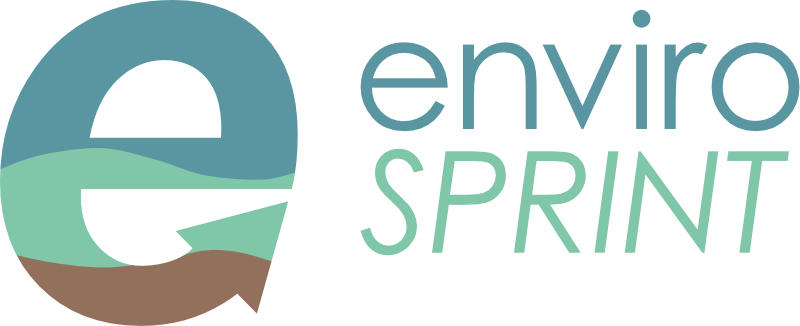Team 5A (What’s mined is yours): How might we minimise the global environmental damage from deep sea mining?
What’s the problem?
With an expanding global population and impending climate crisis, there is an ever growing need for green technologies and alternatives. Land mining and terrestrial resources are no longer filling our global needs to provide infrastructure for our growing population. Deep sea mining is a potential avenue to provide the metals needed to meet increasing demands and to support widespread green technology and infrastructure. However, the full environmental impacts of deep sea mining are as of yet unknown. Furthermore, alternatives such as terrestrial mining come with their own environmental and humanitarian impacts, and infrastructure for a more circular economy is not yet in place.
As the status quo is currently unsustainable, how do we minimise the global environmental impact of deep sea mining if it must occur?
Our solution
The Law of the Sea Treaty from 1982 stated that “ the seabed and ocean floor and the subsoil thereof, beyond the limits of national jurisdiction as well as its resources, are the common heritage of mankind”.
Our solution is to ensure correct stewardship of deep sea resources by guaranteeing the global public have a direct stake in the exploitation of resources owned in common by all mankind. As such, we propose an internationally owned and operated programme called What’s Mined Is Yours, working closely together with the International Seabed Authority (ISA). We are bringing together scientists, mining contractors, companies and the public to inform, gather data about the deep sea and to allocate funds earned by mining to research and restoration projects.

What’s Mined is Yours will involve two aspects: an online, open source global resource atlas, ensuring the global public transparent, and up to date information on how their resource is being utilise. Here an individual can visit the website and access information regarding the biology, geology, policy and mining, which already exist due to pre-existing data bases, in one central place.

Mock up of What’s Mined is Yours website
Additionally, to ensure the global public and benefits economically from their resource, we propose a Global Investment Fund – a fund which allocates a portion of all proceeds from seabed mining to deep sea research and conservation, in addition to sound and ethical investments in global biodiversity and circular economy infrastructure and technology. This fund will operate similarly to the highly successful Norwegian Sovereign Investment Fund. This will act as a way of offsetting biodiversity damage to the seabed by helping reverse biodiversity damage done globally.
In summary
Although some online resources already exist, our goal is is to go beyond simply sharing basic facts, and create a repository which combines all of the available information into one easy to use, internationally collaborative resource, and most importantly, to engage the global community in an emerging area which will affect us all. By utilising some of the financial gain from DSM in global investments and environmental programmes, we can offset some of the environmental damage that necessarily arises from sea bed mining.
How might we minimise the global environmental damage that will result from marine mining? By making what’s mined yours!
